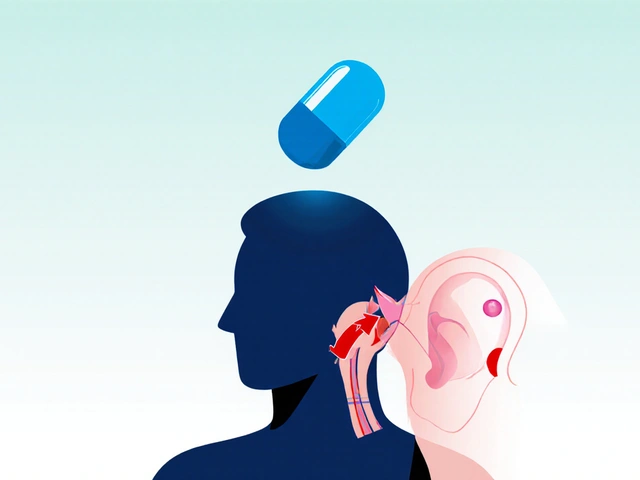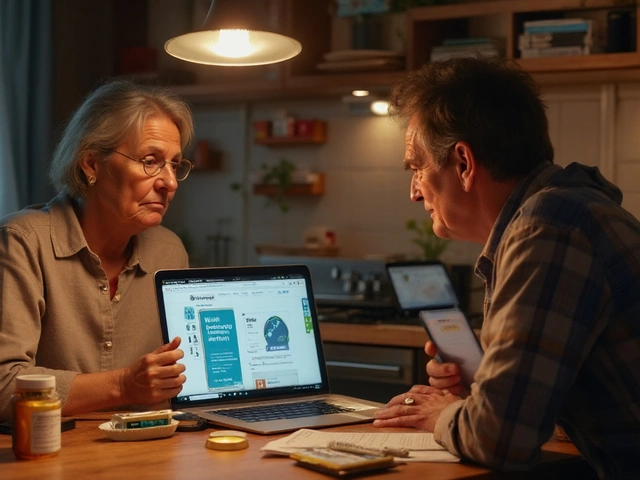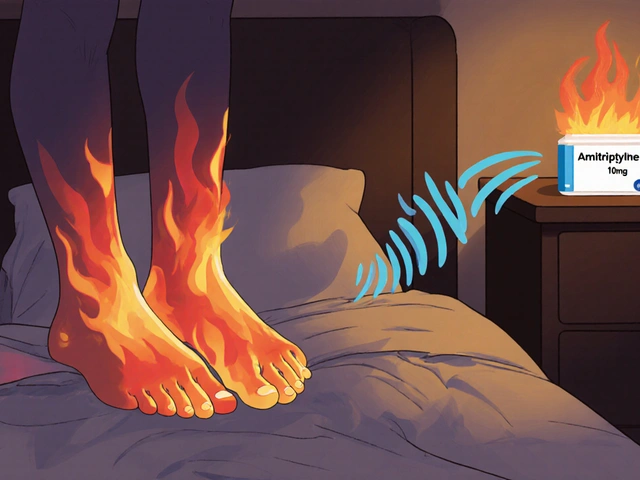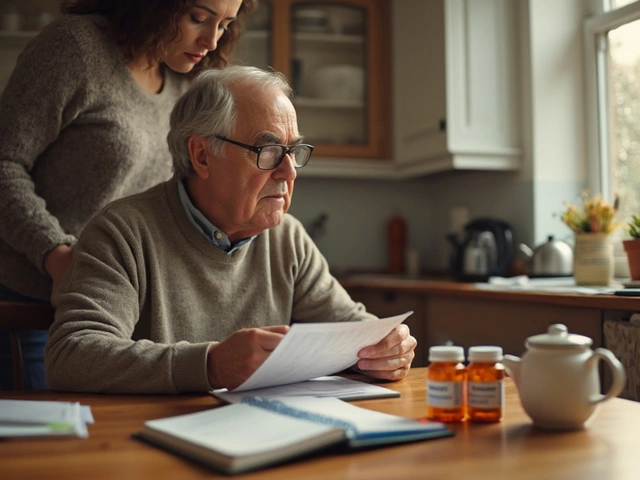CBD-Rich Cannabis: Practical Guide to Uses, Strains, and Buying
CBD-rich cannabis is cannabis bred to contain high levels of cannabidiol (CBD) and low levels of THC. People choose it for relief without strong psychoactive effects. This guide explains how CBD products differ, what CBD-rich strains do, and how to pick and buy safe products.
Quick tip: check lab tests (COA) for cannabinoid levels and contaminants. COAs show CBD and THC amounts, plus pesticides and heavy metals. Buy flower, oils, or edibles with clear testing and visible batch numbers. Avoid vendors who refuse to share lab results.
CBD helps some people with pain, anxiety, inflammation, and sleep. Clinical trials show modest effects for certain conditions, like epilepsy (Epidiolex) and some anxiety studies. For common aches or stress the evidence is mixed but many report benefit. Talk to your doctor if you take other drugs; CBD affects liver enzymes and can change medication levels.
Start low and go slow. For oils, a typical beginners dose is 10 to 25 mg of CBD once or twice daily. Edibles and capsules can help with consistent dosing. Vaping or smoking flower gives faster effects but carries lung and throat risks. Keep a log of dose and effects for at least two weeks to see trends.
Choosing strains
CBD strains vary by terpene profile and cannabinoid ratios. High-CBD strains often list ratios like 20 to 1 CBD to THC. Terpenes like myrcene and linalool can alter effects. If you want no high, pick hemp-derived products with under 0.3% THC where legal. Testing and clear ratios matter more than strain name.
Buying tips
Buy from companies with clear labeling, full COAs, and good customer reviews. Compare CBD amounts per serving and per package to find real value. Watch for added ingredients like sugars or unknown additives. If a price looks too low for tested oil, be cautious. Store products away from heat and light to keep potency.
Legality varies. Hemp-derived CBD is legal in many places if THC stays under 0.3%, but rules differ by country and state. Medical cannabis programs allow higher CBD products with medical oversight. Travel with CBD carefully; some airports and countries treat it like THC. If you're unsure, check local regulations and talk to a pharmacist.
Keep expectations realistic. CBD can help, but it does not fix every issue and results vary. Track side effects like tiredness, digestive changes, or mood shifts. Use trusted sources for learning and reach out to healthcare pros when mixing CBD with other meds. That practical habit keeps you safer and more likely to get useful results.
Example: someone with chronic back pain started 15 mg CBD oil nightly and cut pain meds by half after three months, but consulted their doctor first. Another person used a 1:1 CBD:THC product for sleep and saw better rest with minimal daytime fog. These are individual stories, not guarantees, but they show practical ways people test options.
If you buy online, confirm return policy and contact support. Keep doses steady and reassess every month. Be patient and track progress.
The Most Therapeutic CBD-Rich Strains for Medical Users
As a medical user of CBD, I've found that certain strains offer more therapeutic benefits than others. In my experience, the top CBD-rich strains for medical users include ACDC, Charlotte's Web, and Harlequin. These strains tend to have a higher CBD to THC ratio, providing relief from various symptoms without the psychoactive effects of THC. Additionally, I've noticed that these strains are particularly effective in reducing inflammation, pain, and anxiety. So, if you're looking for a natural and therapeutic alternative to traditional medications, I highly recommend giving these CBD-rich strains a try.
View More




